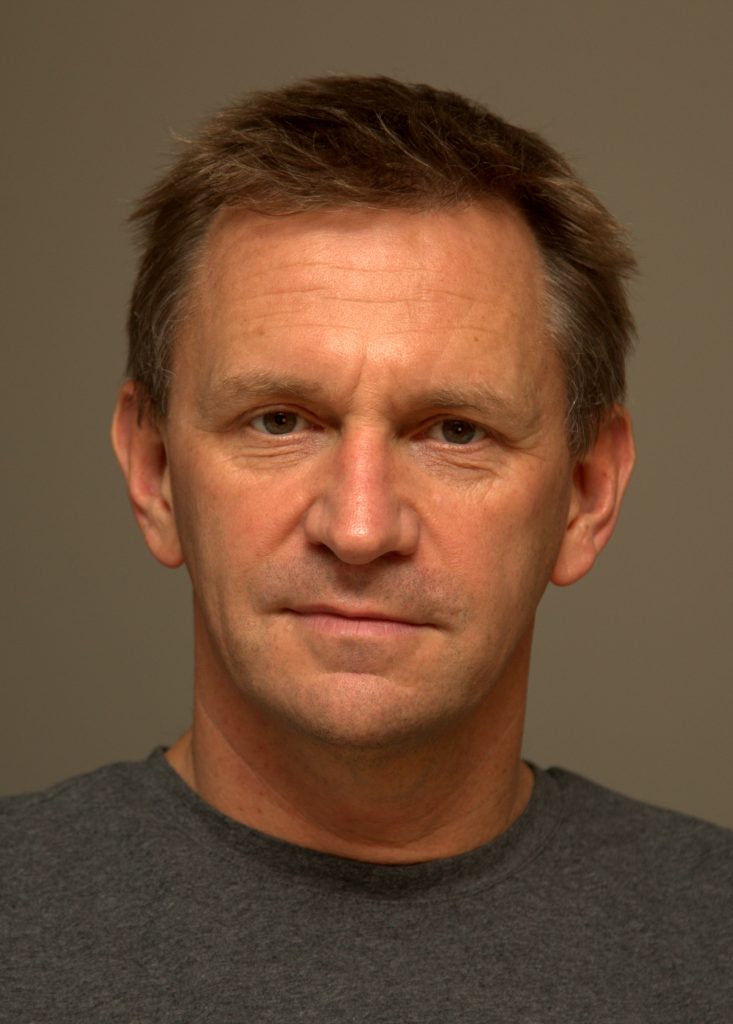Thursday April 22, 14:00 – 17:30
Beyond SDN. Programmable data plane: Abstractions, Architectures and Applications
Software-Defined Networking (SDN) separated the control and data planes from each other. Programmable data plane is the next logical step, allowing the forwarding devices to be equipped with functionality beyond processing a fixed set of network protocols. This has created opportunities for the recent developments of programmable ASIC switches, packet processing languages, FPGA-based reconfigurable switches and routers, and SmartNICs. These all, in turn, give rise to the emerging trend towards in-network processing that can be applied for a wide range of applications spanning from pure network functionalities (e.g., load balancing, query processing and caching, network telemetry, protocol offloading) to more advanced offloading of generic software applications into the network (e.g., in-network computation and Machine Learning Inference in the Data Plane). In this workshop, recent advances in various aspects of programmable data planes will be addressed, trying to identify the current trends and the possible future research directions for both abstractions, architectures and applications that can enable and/or leverage the concept of data plane programmability.
Click here to download the full program of the workshop.
Workshop chairs

Italy

Tampere University (TAU)*,
Finland
*formerly Tampere University
of Technology, TUT
Keynote speech
When networks are programmable top-down and end-to-end: what then?

Stanford University/Barefoot,
USA
Abstract
Large network owners commonly write or download the software that controls their networks, allowing them to determine how they are managed from the top level intent all the way down to how packets are processed in the forwarding plane. At some point, they will decide how packets are processed end-to-end, from user-space, through the kernel, NICs, switches and network elements. Which brings them to a place where they are fully in control of their own deeply programmable network platform. In this talk, I will talk about what they might do with this new found flexibility and control.
Workshop presentations
14:00 – 14:10 Introduction by the Chairs
14:10 – 14:30 Using high level synthesis to create high speed packet processing pipelines
Robert Wikander, Packet Architects, Sweden
14:30 – 14:50 P4-based Network Traffic Entropy Estimation for the Detection of DDoS Attacks
Marco Savi, University of Milan-Bicocca, Italy
14:50 – 15:10 Xilinx Labs Open-sourced SmartNIC Trilogy: NIC Shell, NIC-Attached Application, and Acceleration Platform
Chengchen Hu, Xilinx Labs Asia Pacific, Xilinx, Singapore
15:10 – 15:30 Architectural Choices for the Programmable Data Plane
Hesam Zolfaghari, Tampere University (TAU), Finland
15:30 – 15:40 Break
15:40 – 16:00 Network Telemetry on a Budget
Gianni Antichi, Queen Mary University of London, UK
16:00 – 16:20 Enabling Service Chaining (and much more) in eBPF
Fulvio Risso, Politecnico di Torino, Italy
16:20 – 16:40 Using PISA switches to accelerate data-centric applications
Alberto Lerner, University of Fribourg, Switzerland
16.45 – 17.30 Keynote speech
When networks are programmable top-down and end-to-end: what then?
Nick McKeown, Stanford University
